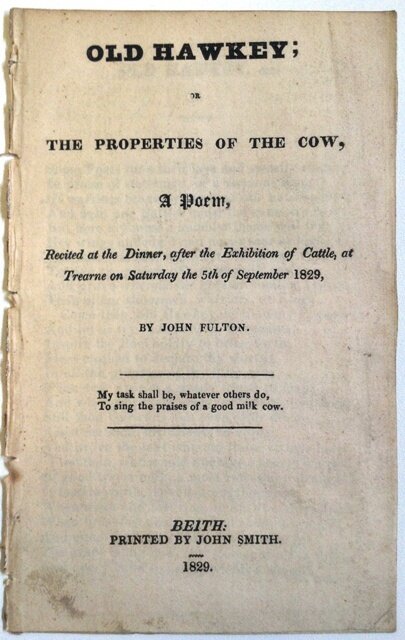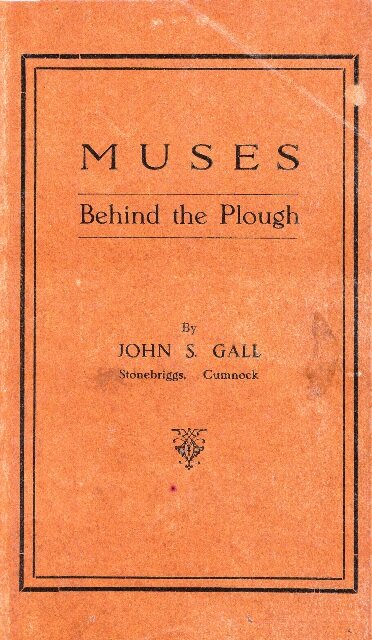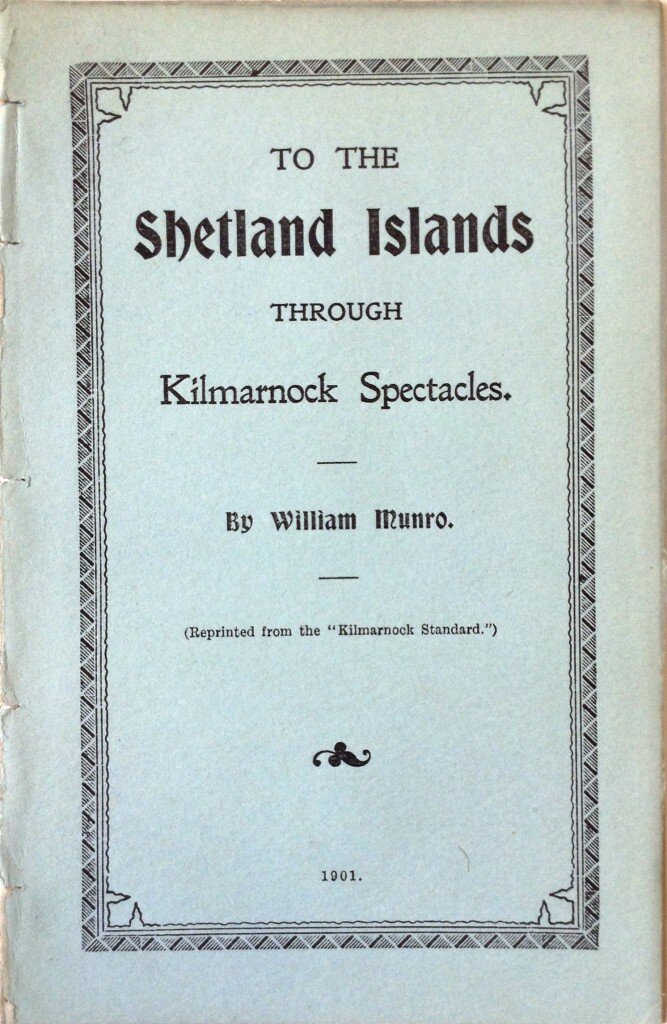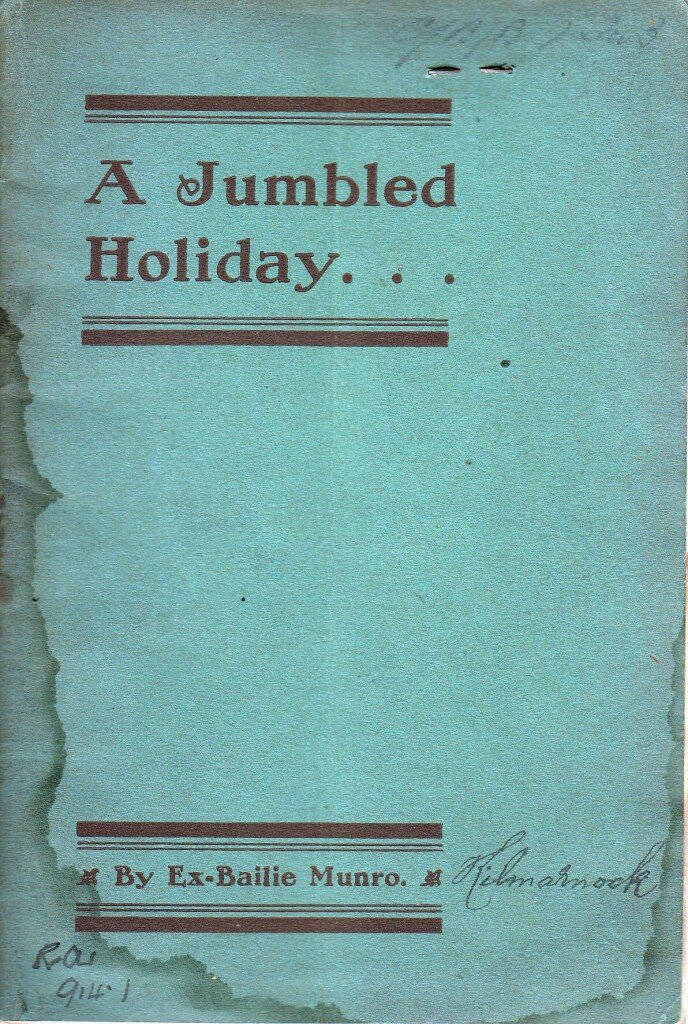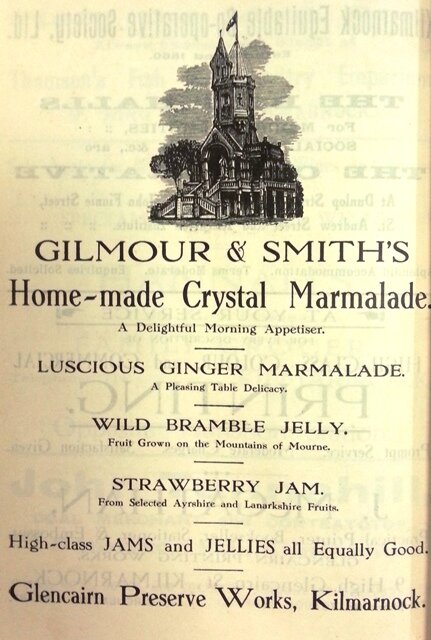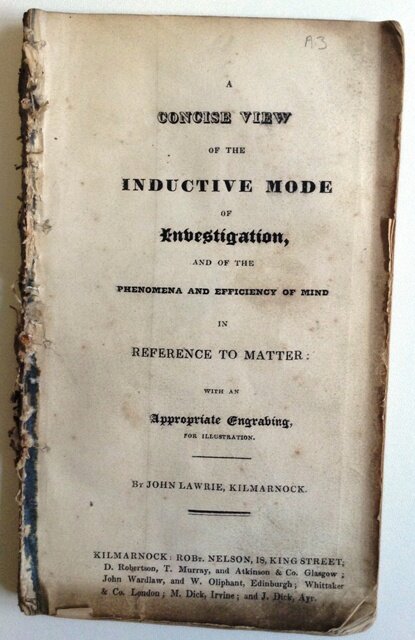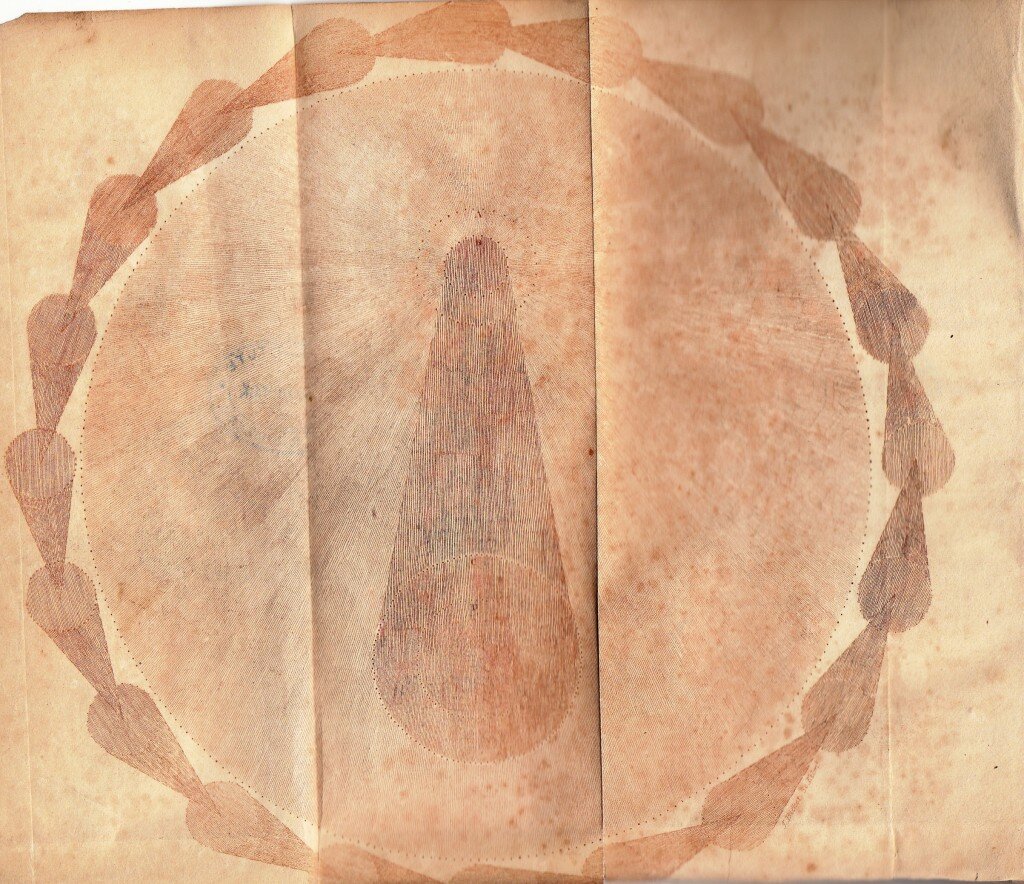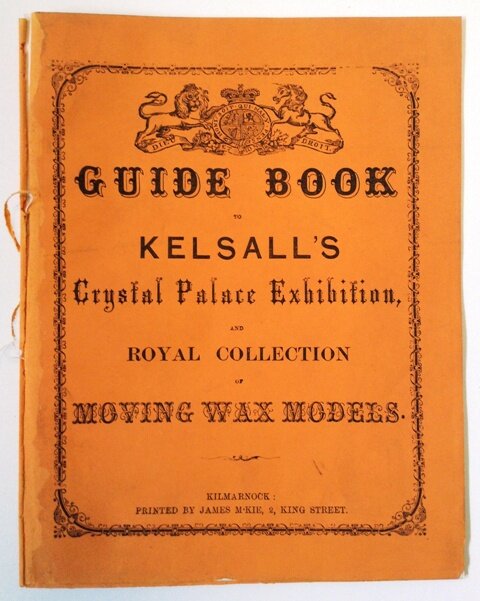This Thursday is National Poetry Day, which is the perfect excuse to delve into our collections of some of the lesser-known poetry of Ayrshire’s past. The theme for National Poetry Day is water, but given it is East Ayrshire Leisure’s Harvest Festival this weekend, we’re finding an enjoyable theme of cows in some of our local collections. For example, this little pamphlet printed in Beith in 1829 -
Our favourite poem of the week however, comes from John S. Gall of Stonebriggs, Cumnock, whose 1928 collection Muses behind the plough contains poems about the First World War and miners’ strikes as well as farming.
The first poem ‘The New Coo’ contains the happy chorus:
“Breed a coo that can fill the pail; Breed a coo that can tap the sale; Breed a coo that can breed a male Worth seventeen hunner guineas.”John S. Gall was a dairy farmer, champion ploughman, singer and fiddler. He was born at East Montgarswood Farm in the parish of Sorn in 1875. The foreword of his collection states that his poems “were often jotted down with his pipe-stem on the beam and stilts of his plough and transferred to paper by the fireside in the evenings when the day’s toil was over.” He died in 1966 age 91.
National Poetry Day is being celebrated at Kilmarnock’s Dick Institute with a special event by acclaimed poet Chris Powici, Thursday 3rd October (for more info, call ).
